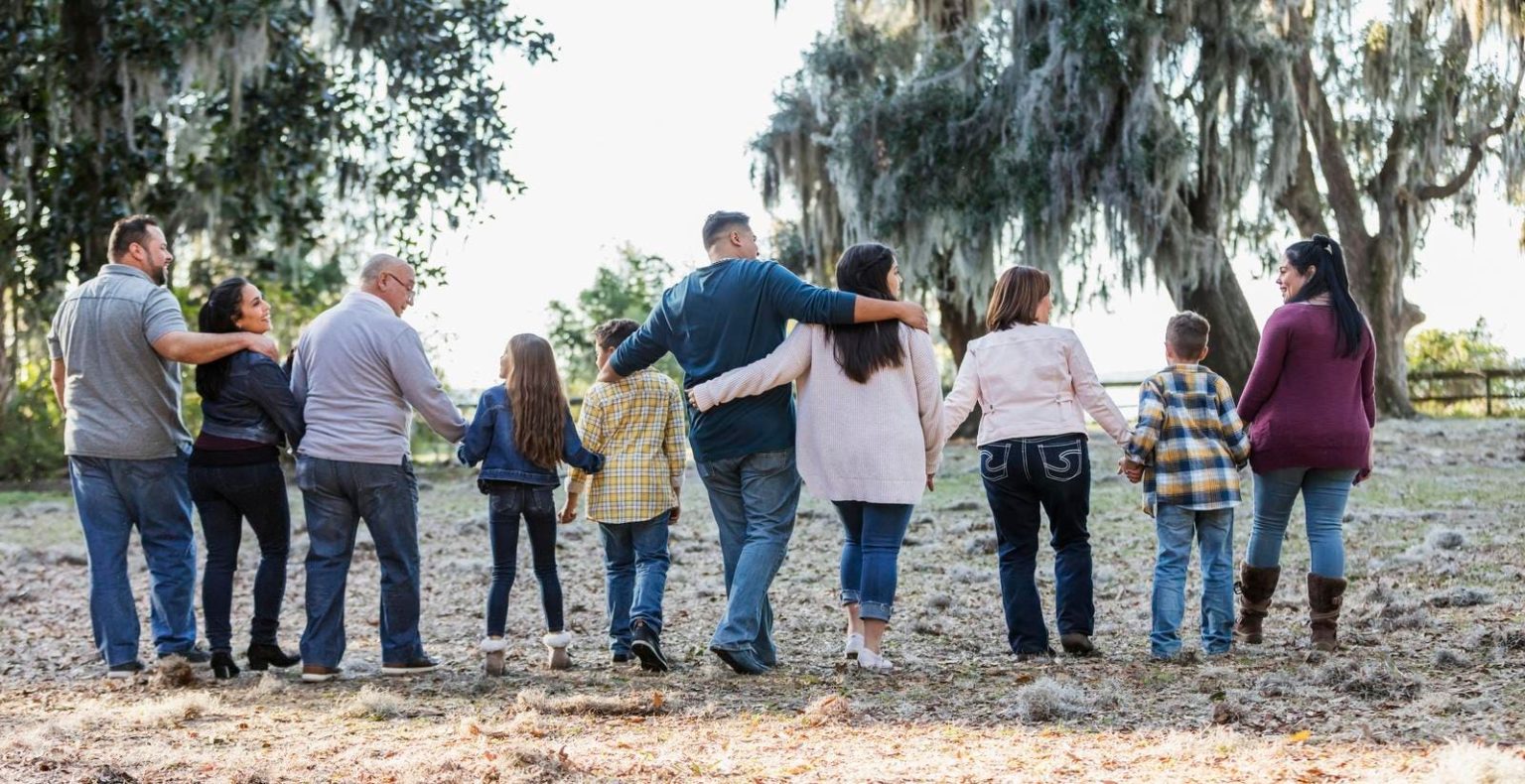If you’re approaching retirement or have recently retired, it’s only natural that you’re looking forward to your newfound freedom. You might be planning to travel, pursuing your hobbies and interests, and reconnecting with relatives and friends.
Welcome to the “go-go” phase of retirement when you’re still active and vital and you have the energy to follow your dreams. Enjoy this time of your life!
However, remember that eventually, you’ll transition into the “slow-go” phase of retirement, when you’re still able to get around and enjoy activities but aren’t quite as energetic as you used to be. And finally, you’ll reach the “no-go” phase, when you’re not very active and might be dependent on others for helping you get through the day.
Hopefully you’ve already carefully made the most important retirement decisions, including when to retire, when to start Social Security, how to deploy your retirement savings to generate lifetime retirement income, and where to obtain health insurance before and after your Medicare eligibility at age 65.
Even better would be to develop a strategy to pay for care during your no-go years. Such strategies include holding your home equity in reserve, setting aside money that you don’t use to generate retirement income, or buying long-term care insurance.
Now let’s look at some nuances of each of the three phases of retirement.
Plan Responsibly To Enjoy Your Go-Go Years
Many retirees might want to spend extra money during their go-go years for travel and pursuing their interests while they’re still active and healthy. How can they do that responsibly without jeopardizing their long-term financial security? One helpful strategy is to set some money aside from your retirement savings for a travel/fun bucket. Fund this bucket with an estimate of how much extra money you’ll need for the next five to 10 years, or however long you think you’ll need it.
Don’t count your travel/fun bucket as money that generates your lifetime retirement paychecks, however. Instead, use your remaining funds to generate paychecks that supplement Social Security and any pension income you might have. If you’ve balanced all your lifetime retirement paychecks with your expected living expenses, then you should be able to safely spend the money in your travel/fun bucket.
Another way to safely spend extra money in your go-go years is to earn money by working part time. But don’t rely on these earnings as money to spend on your daily living expenses, since eventually you’ll no longer be able to continue working for income. When that time comes, you might be entering your slow-go years and not need the extra money to spend on travel and fun.
Here’s one more planning nuance for your go-go years: Make plans for your slow-go and no-go years, and implement them while you still have the capability and energy. Now let’s look at these two phases.
Revisit And Refine Your Plans For Your Slow-Go Years
If you haven’t already done so, then the most important task to take on during your-slow go years is to determine the type of home and community that will work best for your slow-go and no-go years. For instance, you may want to consider downsizing to a home that’s less expensive to maintain, doesn’t have a yard to mow, and is easily accessible to daily activities such as shopping, health care providers, and your friends and interests.
Another consideration is whether you need to have relatives or friends close by to help you with basic care and assistance when you reach your no-go years.
One common mistake I’ve seen is that people stay in their large house in the suburbs until their no-go years, then discover they can’t live there any longer. At that point, they need to rely on friends and family to help them move (and clean out a house with a lifetime of accumulated junk). You can prevent that mistake by moving to a more appropriate community and home in your go-go or slow-go years.
You might also want to anticipate and implement any house repairs that could be needed in the next several years. Keep in mind that you’ll be less able to deal with these repairs in your no-go years.
Finally, you’ll want to investigate and implement strategies to protect your money as you age. People in their slow-go and no-go years are often less able to manage their money, and they can suffer financial losses due to making mistakes or being a victim of fraud. Consider using the free, online tools in The Thinking Ahead Roadmap: A Guide To Keeping Your Money Safe As You Age.
Plan Ahead For Frailty During Your No-Go Years
In their final years, many retirees become frail and will need some form of care and assistance with daily living. You’ll want to consider and look for the specific caregivers and people who can help you with those activities. It might be relatives, friends, or even paid caregivers, and you’ll want to factor in any increased costs for your monthly budget.
The best time to consider these no-go issues is during your slow-go years, before you need the caregivers. This way, you can evaluate the providers who would be the best fit for you. If you wait too long, somebody else—often your adult kids—will be making those decisions for you. While they might have your best interests at heart, they don’t know you as well as you know yourself.
Here’s the bottom line: With long retirements, you can’t assume that the go-go years will last the rest of your life. Instead, you’ll need to plan ahead for multiple phases of life that each come with different needs.
Read the full article here













